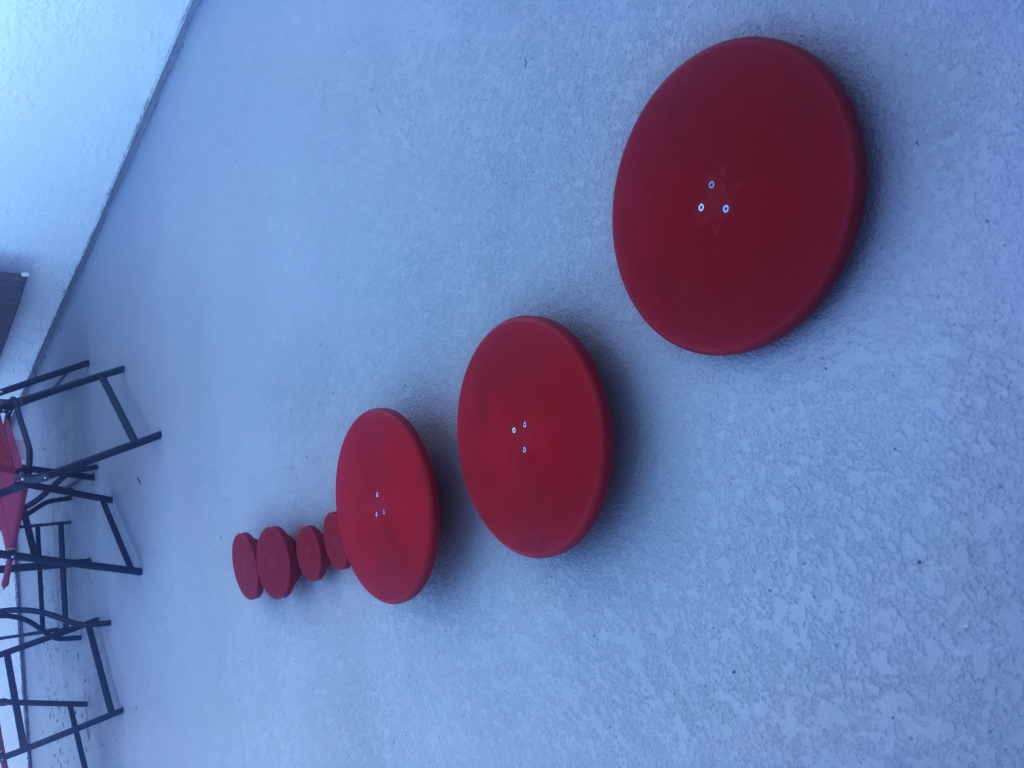You may have seen people at the gym looking like fools when they’re balancing on top of unstable platforms or inflatable balls. They do really slow squats or just stand there swinging their arms and hips everywhere. What could they possibly get out of it?
The answer: a whole lot. When I injured my ankles, one of the key parts of my rehab was balance platforms like the ones available at Atomik. Past ankle rehab, they also work on some important support muscles to reduce your likelihood of injury. This series of articles is intended to help you learn to know what stage of difficulty is correct for you and give you some ideas for how to use it.
Difficulty level
The function of these platforms is to raise you from the ground and get you to learn how to use your stabilization muscles to stand upright as well as do exercises. That means that a single platform is going to be easier than two individual foot platforms. Next, the larger the platform, the higher the difficulty. Essentially, you hit the easy button (or fail your exercise) when the edge of the platform hits the ground. If the edge of the platform is farther from the ground, then the platform can move farther when you’re a little off-kilter. That gives you more space to adjust, but also means you can fall harder when you fail.
Reducing Injury
Next, let’s talk about the exercises you can do and their function. One of the key limitations to road running is that your shoes and the road align your muscles so that you can just fly forward without worrying about stabilizing your foot on the ground or aligning your hips, torso and shoulders. Everything is done for you! For trail running, you’ve got some added training for these stabilizer muscles, but if you’re running on well-kempt trails, it’s not a huge difference from a road. What can happen when you train these large, strong muscles is that the smaller stability muscles become weak, relative to the strong ones.
When you hit a root, land a little off when jumping down from a wall, or hit an obstacle you’re not used to, the big strong muscles will pull to help you, but the little ones will be outmatched. All of the sudden you get a pull of the little ones working too hard and you strain the muscle or the tendon, knocking you out of training and racing while you wait for that little thing to heal.
Stability Exercises
That’s where what I call “stability work” comes in. If you make a regular habit of doing exercises that keep both the big, strong muscles working as well as the little ones, then you reduce your risk of injury and, in my opinion, probably improve your running and obstacle form. These platforms are fun and good way to specifically work on those skills, whether it be standing on them for time without falling; rotating the platform front to back, left to right, or in a controlled circle; or even doing squats or single leg squats (“pistols”) on them.
After getting some of these balance platforms from Atomik as part of our World’s Toughest Mudder team victory, I’ve been spending lots of time playing on them and figuring out some good series of workouts on them. I hope to be sharing those workouts and learning in this upcoming series. (Also, my 2-year-old son has been having fun copying daddy by doing squats on the beginner platform. SO CUTE!!)



Leave A Comment